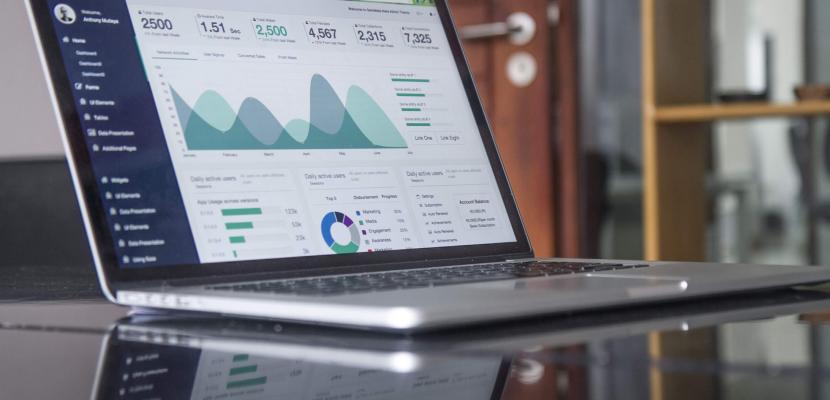
Centralised Utility Bill Payment and Monitoring

About this good practice
The problem addressed
Milton Keynes Council (MKC) has a large and varied portfolio of buildings. Invoices for energy and water used to be added to a database. This paper billing system produced tonnes of waste and was subject to errors of manual data input.
How does the practice reach its objectives and how it is implemented?
Since 2013 the energy and water consumption from all MKC buildings has been held on monitoring and targeting/energy accountancy software. Utility companies use a standardised Electronic Data Interchange (EDI) to transfer invoices, reducing staff time and the human error element. We no longer need filing cabinets for all the paper invoices.
The software can quickly compare consumption with benchmarks making it easy to identify anomalies that need investigating. Monthly data can be compared to the same period in previous years. Comparative data can be displayed as tables, graphs or charts making reporting quicker and easier than manipulating data in spreadsheets.
Who are the main stakeholders and beneficiaries of the practice?
Utility companies benefit from prompt payments and MKC benefits from avoiding paying penalties for overdue invoices.
Procurement is easier because of the ease of comparing data held in the software. Precise kWh and cubic meters can be calculated by site or time period or overall totals.
As MKC holds data for the whole portfolio, we can identify the buildings that are most in need of upgrading.
Expert opinion
This good data management system from Milton Keynes is of relevance to all municipalities that have multiple buildings in their assets. Centralisation of invoicing and bill payments for energy and water is a useful approach as it has multiple benefits as described in the practice. Apart from streamlining administration efforts and thus saving money, the argument from a low-carbon economy perspective is the ease of detection of anomalies that comes with the new system. It helps detect leaks, and also indicates wich public buildings are most in need of energetic refurbishment.
Resources needed
The software was set up in 2013 at a cost of around 18500 Euros. This included migration costs from our existing monitoring system & database.
The annual operating cost includes maintenance, technical support and cloud hosting of the database is around 1800 Euros.
Evidence of success
Data analysis showed a major water leak at an MKC depot. The leak more than doubled the monthly m3 consumed so around 100,000 litres leaked to ground. The anomaly was identified and the water company repaired the leak. This saved almost 30kg of CO2. (One litre of water has a footprint of 0.298 grammes CO2e.)
Centralised Monitoring and targeting saves around 10% in administration costs. Time saved is used to analyse meter readings for unexpected energy and water use.
Potential for learning or transfer
-Adopting centralised billing and monitoring of utilities will pay for itself in staff time and energy and water savings within a few years.
-Excessive energy use can be identified.
-Energy monitoring can lead to better energy management of buildings using reduction targets.
-Energy consumption of Building Management systems can be compared to expected and anomalies can be investigated.
Further information
Website
Good practice owner
You can contact the good practice owner below for more detailed information.
Milton Keynes Council

